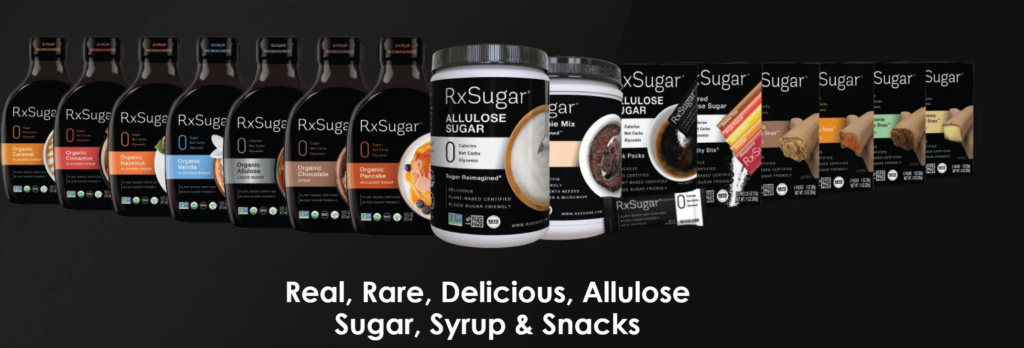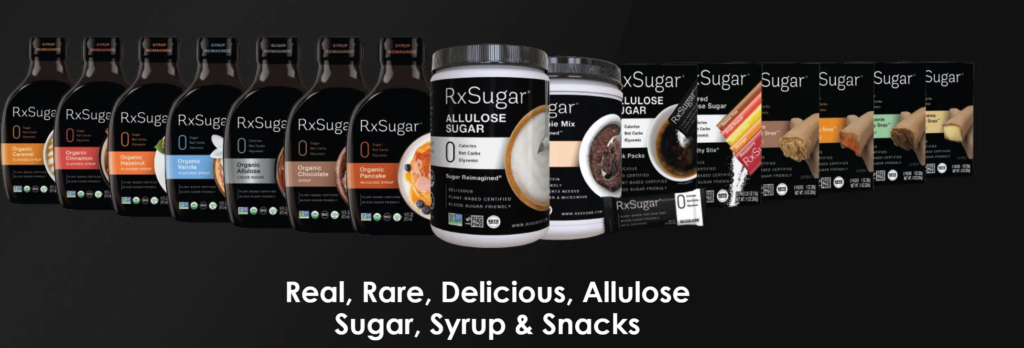
Fructose is a molecule that enters the body and is well-established to be sweet in the mouth. It should not be a molecule that gets absorbed into the body via the small intestine, so nature packaged this molecule with something called fiber. Then humans came along and ate this thing we call fruit.
Fruits are fructose and fiber – and well, the fructose is not for you, the human. It’s meant for a type of bacteria in the stomach (the large intestine) – you can read more about this in the article here.
So what happens if fructose molecules enter from the small intestine to the bloodstream via the portal vein? Well, just like alcohol molecules, fructose cannot be released from the liver in its original format. No, fructose cannot be let loose into the actual flow of blood, so the gatekeeper (the liver) ensures it pulls out each molecule of fructose from the blood and binds it up. This process is very taxing on the liver. The liver has to use its ATP (three molecules of phosphate) and give one up to help metabolize the fructose to make it safe. Once the liver is placed into this state, guess what happens?
Well, glucose is left to float freely into the bloodstream. Insulin keeps pushing against the liver, pounding it to take the extra glucose out of the blood, but the liver cannot respond to insulin – simply because it is too busy working on the fructose molecule.
You see, fructose is quite a nasty molecule in the human body, so much so that the liver never allows any other organs to see it. Muscle cells (which assist with glucose consumption), the brain (which consumes glucose), kidneys, and other organs all handle glucose just fine. But when it comes to fructose, only the liver can convert this dreaded substance into a glucose-like format.
So, you may be wondering, how did this happen? Well, Eve ate the apple. Remember, she was told not to eat the fruit because she was given meat to eat, but the rest is history.
There is a molecule similar to fructose called allulose. It’s similar to fructose but not as big and bad. In fact, allulose causes the liver to burn its energy system and burn out fats – which is actually a good thing.
Humans were searching for allulose, but they found fructose and stopped their hunt.
Comparison Between Fructose and Allulose
| Aspect | Fructose | Allulose |
|---|---|---|
| Source | Found naturally in fruits, honey, and some vegetables. | Naturally occurring in small amounts in figs, raisins, and jackfruit. |
| Sweetness | Very sweet – about 1.5 times sweeter than glucose. | Slightly less sweet than table sugar (about 70% as sweet). |
| Calories | Provides about 4 calories per gram (same as glucose). | Provides virtually no calories (0.2–0.4 calories per gram). |
| Impact on Blood Sugar | Raises blood sugar and triggers insulin response, though less than glucose. Can contribute to insulin resistance over time. | Does not raise blood sugar or insulin levels, making it suitable for diabetics and low-carb diets. |
| Metabolism | Metabolized in the liver; excess intake can lead to fat storage and potential non-alcoholic fatty liver disease (NAFLD). | Not metabolized by the body, excreted mostly unchanged. It bypasses the liver, avoiding fat storage issues. |
| Gut Health | Can promote the production of short-chain fatty acids by gut bacteria when consumed with fiber, but excess fructose can lead to bloating and digestive issues. | Minimal effect on gut health; does not ferment in the gut, so it’s less likely to cause bloating or digestive discomfort. |
| Health Concerns | High intake linked to obesity, insulin resistance, and liver disease. Often found in processed foods and sugary beverages. | Considered safe for consumption with minimal health risks. |
| Glycemic Index (GI) | Low GI (~19), but still can contribute to long-term metabolic issues if overconsumed. | Very low GI (~0), making it ideal for those managing blood sugar levels. |
| Usage in Food | Commonly used in processed foods, soft drinks, and snacks due to its sweetness and low cost. | Used as a sugar alternative in low-calorie, low-carb, and diabetic-friendly foods. |
| Molecular Structure | A simple sugar (monosaccharide) similar to glucose, but metabolized differently by the liver. | A rare sugar (epimer of fructose) with a structure similar to fructose but not metabolized the same way. |
| Taste Profile | Very sweet, with a slightly fruity taste. | Clean, mild sweetness, similar to sugar but without the aftertaste. |
| Dental Impact | Can contribute to tooth decay. | Does not contribute to tooth decay, tooth-friendly. |
Key Takeaways:
- Fructose: While naturally found in fruits, excessive intake (especially in processed forms) can lead to health issues like insulin resistance and fatty liver disease. It is metabolized in the liver and can contribute to fat storage when overconsumed.
- Allulose: A rare sugar substitute that offers minimal calories, no impact on blood sugar, and no risk of fat storage. It is ideal for those looking for a diabetic-friendly or low-calorie sweetener.
For most health-conscious individuals or those managing conditions like diabetes, allulose is generally the better choice due to its minimal metabolic impact and near-zero calorie content.

Get yourself some Allulose and see the difference that the realities of life can add to your health.

